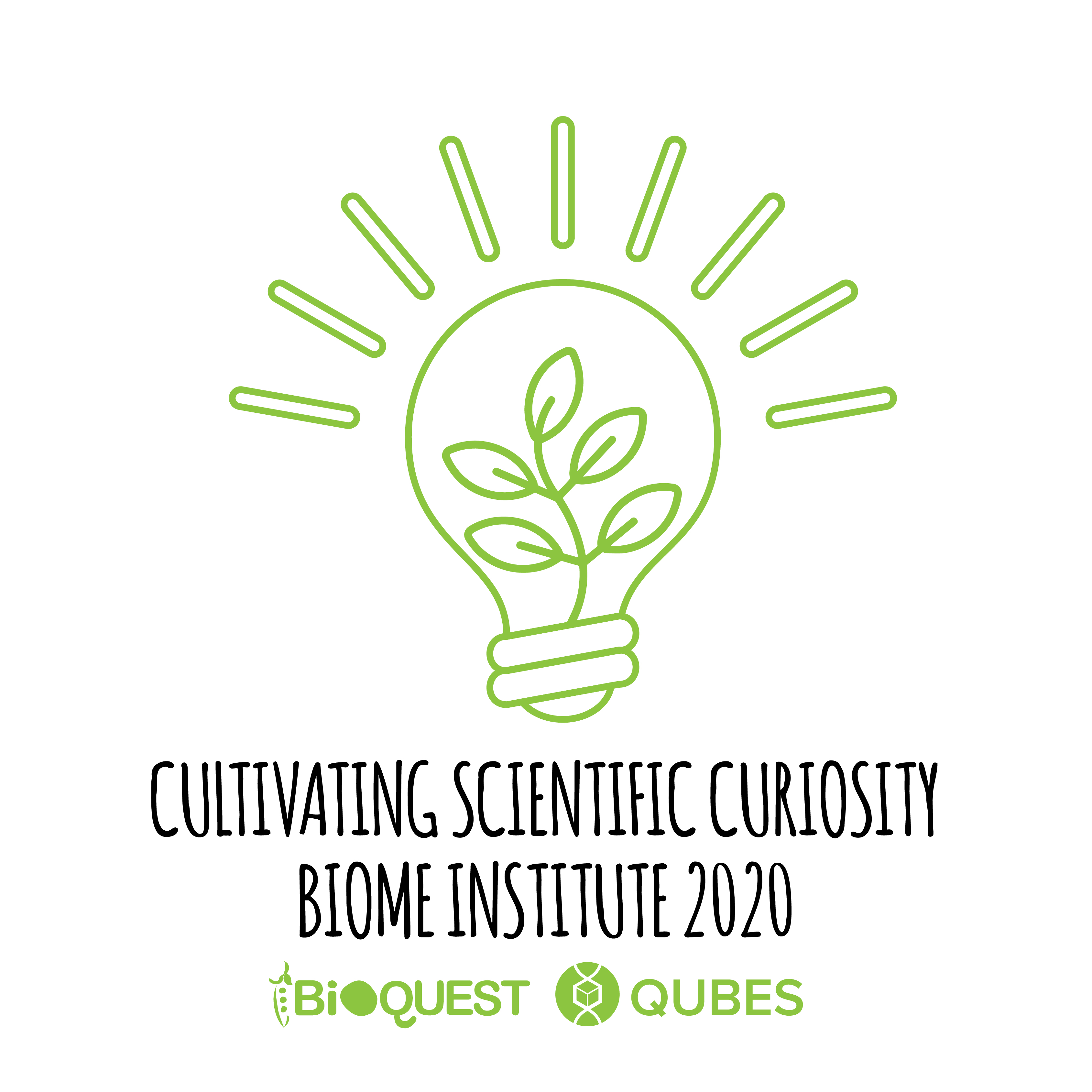Failing (in order) to succeed: Exploring how students cope with science failures in research-based courses
Author(s): Lisa Auchincloss Corwin
University of Colorado Boulder
2028 total view(s), 349 download(s)
Description
Dr. Lisa Corwin is an Assistant Professor at the University of Colorado, Boulder. She is lead PI of the Research in Ecology and Evolution Education for Action and Change (RE3ACH) Lab. Her research interests include investigations of how research-based laboratory learning increases students ability to cope with scientific challenge and failure, tolerance of ambiguity, and scientific civic engagement. She is also keenly interested in supporting community college faculty in their own biology education research endeavors. Prior to coming to CU Boulder, Dr. Corwin received a PhD in Plant Biology from the University of California, Davis where she studied cottonwood ecophysiology in connection with maintaining riparian buffer zones around critical agricultural waterways. She then worked with Erin Dolan's group at the University of Georgia, Athens and the University of Texas at Austin to characterize and study the effects of course-based undergraduate research experiences. Dr. Corwin is passionate about inclusion and equity and hopes to contribute to a resilient, diverse, and persistent scientific workforce through her work in biology education.
Cite this work
Researchers should cite this work as follows:
- Corwin, L. A. (2020). Failing (in order) to succeed: Exploring how students cope with science failures in research-based courses. Cultivating Scientific Curiosity, QUBES Educational Resources. doi:10.25334/KEPG-7R43
